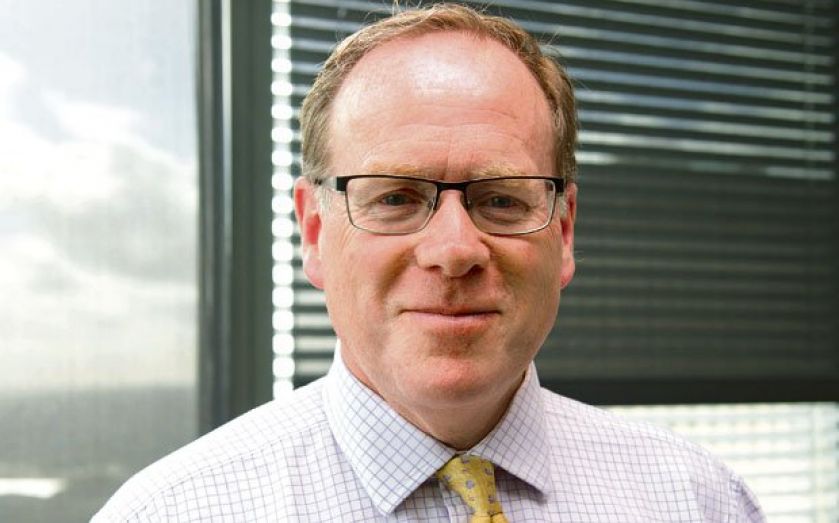Crossrail nears its final stretch

The head of London’s newest railway hopes he sets a precedent for other big projects
AS CONSTRUCTION on London’s newest railway reached the halfway point earlier this year, a steady stream of hard hat-wearing politicians ventured into the tunnels to be seen backing Europe’s biggest infrastructure project.
Crossrail boss Andrew Wolstenholme, meanwhile, has a map of the route covering the table in his office, with MPs’ names and constituencies traced over the top. “If you superimposed the London Assembly and local government then there are a lot of people to keep happy… All of those people have to be kept in the picture,” he says.
With around 19km of the 42km tunnels now drilled, Wolstenholme’s team is busy preparing for new trains, which will be built by Bombardier, and a handover to the route’s concession operator, which will be chosen by the end of the year.
“Trains will start running on our test tracks in 2017 and we need to get a million track miles on those rolling stock before we open to the public in 2018,” says Wolstenholme.
With infrastructure so high on the coalition’s agenda, Crossrail’s efforts to use a nationwide supply chain and attract private finance are being closely watched. The railway has signed partnerships with Berkeley Homes, Canary Wharf, Almacantar and Heathrow Airport, as well as bringing in backers for 3m square feet of office space above the new stations. Nevertheless, the level of commercial funding has fallen short of plans set out in 2007.
“Have we captured enough of that private sector uplift in value? Probably not. Do I think there’s an opportunity in future programmes to be smarter in capturing it? Yes I do, and I think future economic models will look at that,” says Wolstenholme.
He joined Crossrail in 2011, when construction had already begun and almost four decades since the concept was set out by the Greater London Council.
“If I had started five years earlier then I would have been much more involved in the political process. Joining when I did, there’s still plenty of opportunity to influence the style of the programme, how the organisation fitted together.”
He hopes to set precedents for other big projects, having trained over 3,500 staff in the skills to build infrastructure. However, the former army engineer is “not specifically planning to demobilise and mobilise for Crossrail 2”, the mooted railway between Chelsea and Hackney that TfL is exploring.
“From a project point of view that would be very convenient, wouldn’t it? From a political point of view, what you have to do is follow the process that takes a little bit longer than the three years we have to complete Crossrail 1…. I feel very responsible to make sure the learning from Crossrail goes across to other infrastructure projects, whether that’s HS2, or the [Thames] Tideway or Crossrail 2.”
One of the last tasks before Crossrail opens could be to rename the line, with Boris Johnson reportedly keen to honour the queen.
Wolstenholme says: “I think if it ended up being Crossrail then people would understand what Crossrail meant, the level of service that it provided. But equally if the politicians or other stakeholders wanted to choose another name, then I think Elizabeth would be very appropriate.”
CV ANDREW WOLSTENHOLME
Civil engineering degree at Southampton in 1981, then five years in the British Army
Designed bridges for Arup, then moved to Schal Associates to work on towers and Hong Kong Airport
Joined BAA in 1997 to deliver Heathrow Express and the airport’s terminal five
Joined Balfour Beatty in 2009
Crossrail chief executive since 2011
WHAT IS CROSSRAIL?
■ Crossrail will be a major west-to-east London railway, running from Reading and Heathrow to Shenfield and Abbey Wood
■ The concept was first proposed in 1974
■ The project has a £15bn budget, will operate brand new trains and is due to fully open in 2019